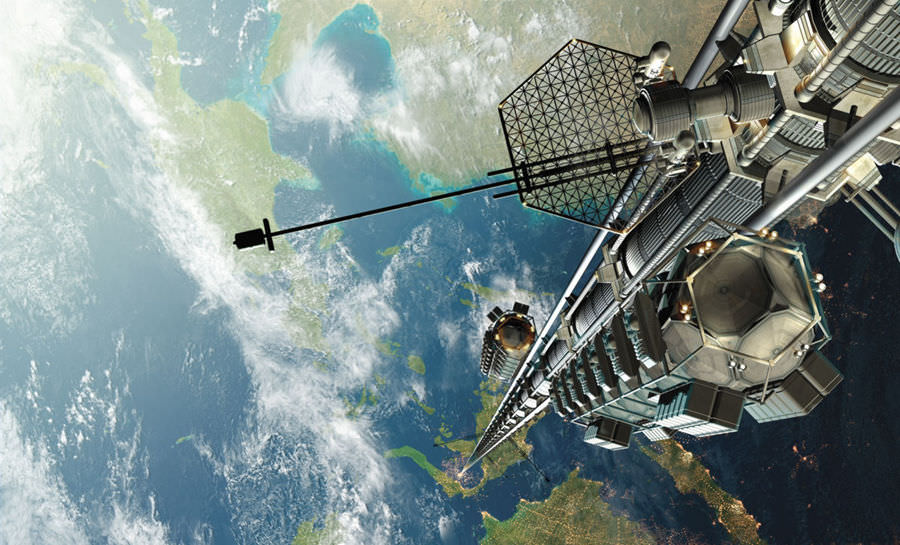Space exploration has always represented one of the greatest and most fascinating challenges for humanity. Traditionally, we have used powerful rockets to overcome Earth's gravity and reach orbit. However, this methodology, while effective, has limitations both in terms of costs and efficiency. What if there was a more sustainable and convenient alternative? Someone is testing a “super centrifuge”, for example. Today, however, we are talking about space elevators, a technology that promises to drastically reduce the costs associated with space travel and open new frontiers in the exploration of the cosmos.
But how exactly do these elevators work, where are we with the research, and what are the implications for our future in space?
The Cost Problem in Space Launch
Launching objects into space has always been one of the most expensive and complex challenges in aerospace engineering. The need to overcome the Earth's gravity requires the use of enormous quantities of fuel. This not only entails high costs, but also a significant environmental impact.
Today, launching a kilogram of material into space can cost thousands of dollars, making space exploration and colonization a distant dream for many.
Space elevators: an innovative solution
Imagine an extremely strong and long cable, anchored to the ground and extending to a point in space. This cable, or “tether,” would be kept tensioned by the rotation of the Earth and by a counterweight positioned at the opposite end.
Electrically powered “climbers” or elevators would move along the cable, transporting loads from the ground to Earth orbit or even beyond. The system would eliminate the need to use fossil fuels and dramatically reduce the costs associated with space launches.

Benefits and Challenges
In addition to reducing costs, space elevators would offer numerous other benefits. For example, the possibility of launching larger payloads into space, greater safety compared to rocket launches and a reduction in environmental impact.
However, building a space elevator also comes with significant challenges, such as the need for extremely strong and lightweight materials and protection against possible threats such as meteorites or space debris.
Despite the difficulties, however, research in this field is progressing rapidly. Many experts believe we could see the first functioning space elevator within a few decades. This would represent a huge step forward in our ability to explore and colonize space, making the universe a little closer to all of us.
Three crucial stages in space elevator research
Here are some of the most relevant studies on space elevators, which over the past 18 years have brought into reality a concept that seemed to belong only to the realm of science fiction.
- Space elevators: a permanent bridge for space exploration
- Year: 2005
- Summary: With a space elevator providing cheap, easy, and low-risk access to space, people's lives on Earth could be greatly enhanced by bringing the wealth of the solar system to their doorstep. [B. Edwards, IEEE Spectrum]
- Research links
- Approach to the design of a non-equatorial space elevator
- Year: 2018
- Summary: The results show that increasing the tensile strength of the tether material can expand the implementation range of the space elevator system. [ZK Wang, YH Fan, Naigang Cui, D. Liu, Proceedings of the Institution of Mechanical Engineers]
- Research links
- Life cycle assessment of space elevator design proposals
- Year: 2019
- Summary: Ultimately, the proposed space elevator design was deemed an environmentally and economically sustainable option for orbital transportation. [T. Harris, Pragnya L. Eranki, A. Landis, Acta Astronautica]
- Research links
Conclusion: A Dream Within Reach
The idea of being able to reach the stars with space elevators might seem like a dream, but with technological advancements and the passion of the scientists and engineers involved, it could soon become a reality. As always, humanity continues to look to the future with hope and determination, seeking innovative solutions to the problems that confront us.
Space elevators could be the key to opening new frontiers. What floor are we going to?


